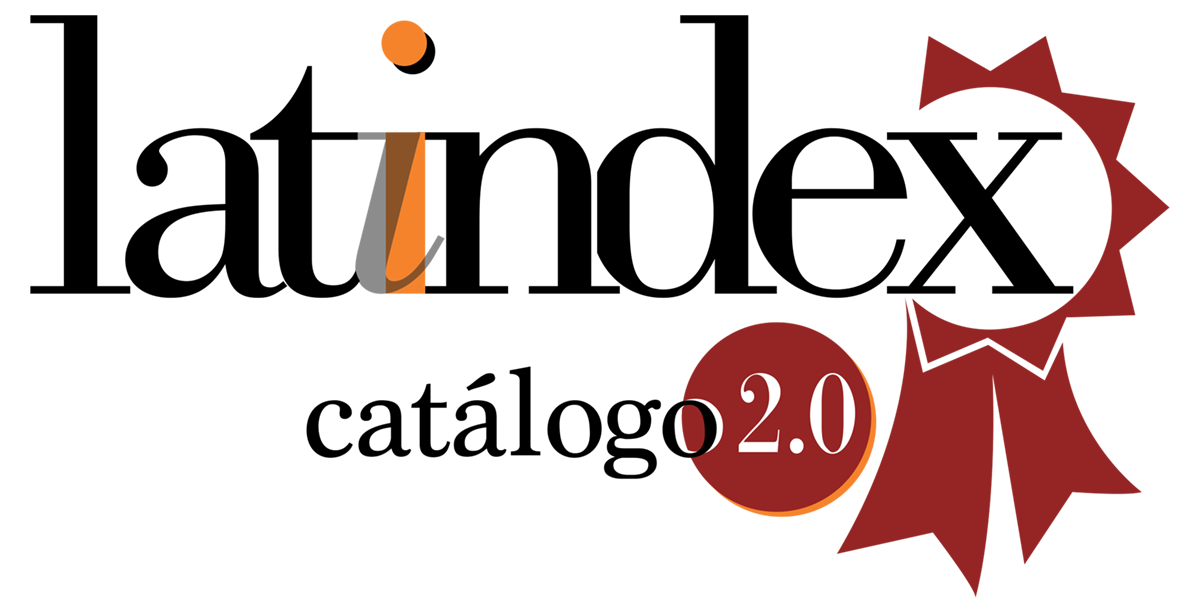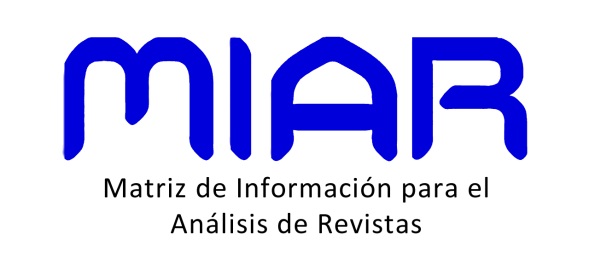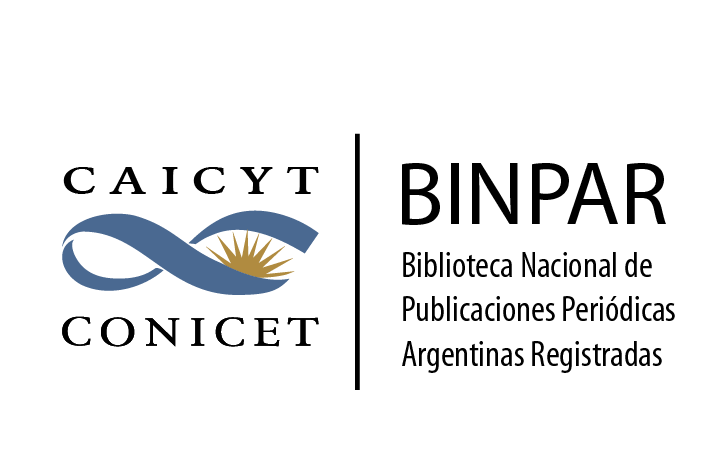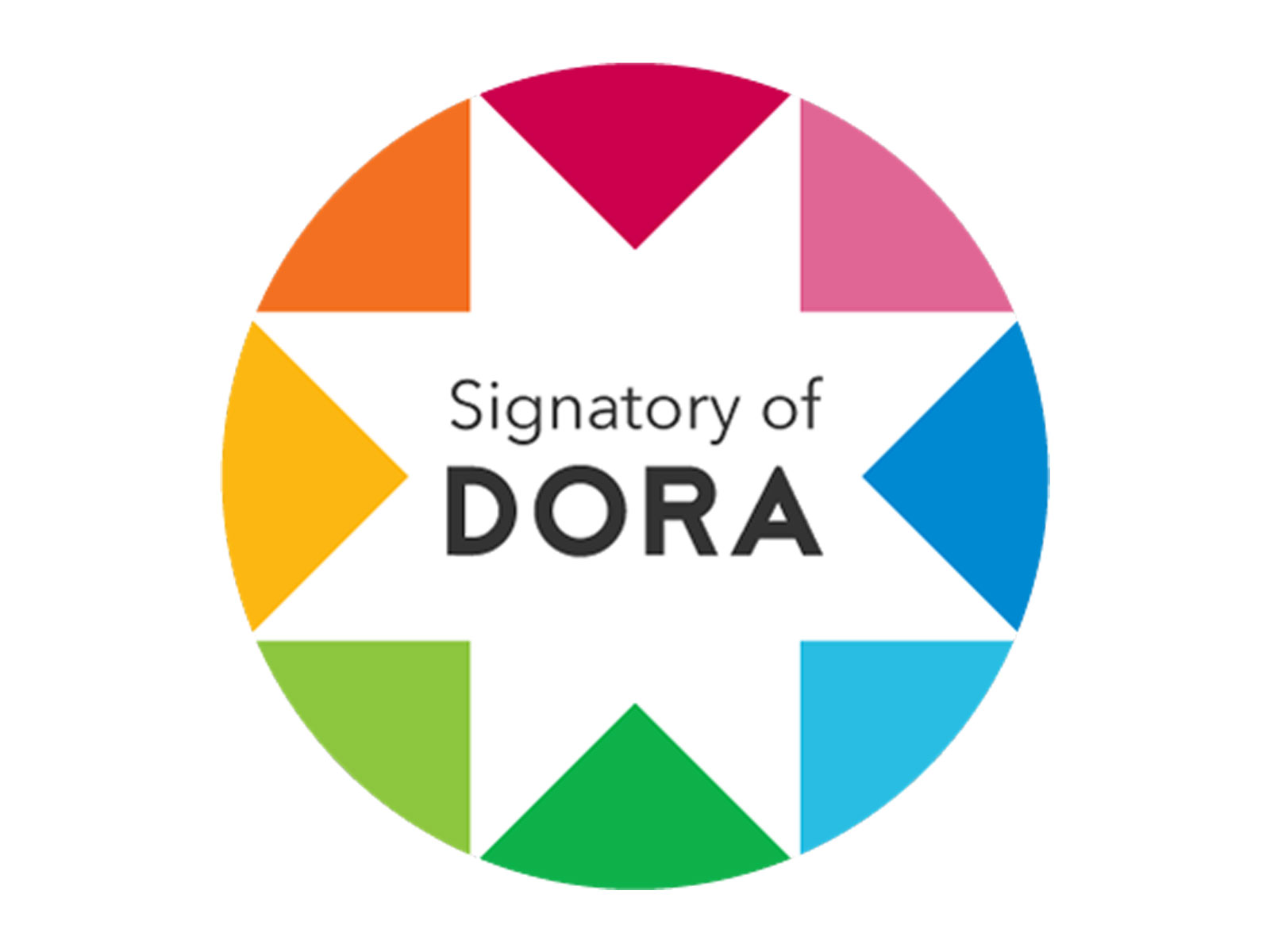Organizational Commitment and job satisfaction, latent class analysis in public and private administration workers
DOI:
https://doi.org/10.24215/23143738e132Keywords:
organizational commitment, public sector, private sector, job satisfactionAbstract
This research seeks to analyze the results of the application of latent class analysis model in the variables of job satisfaction and organizational commitment. It was used a questionnaire in which it was obtained a sample of 528 employees. One of the main results of the analysis is that three categories of workers were gotten for each variable, that is, high/moderate/low job satisfaction and low/medium/high organizational commitment. Each category differs from the others in terms of the probability of response of each behavior orl intention to behave. The results show that, both in the public and private sector, workers with low levesl of job satisfaction are characterized by having low levels in all dimensions, mainly in satisfaction with recognition (79.5% and 100%, respectively), and regarding organizational commitment, those who have a low level in general, have higher probabilities of being in a low level in each of its three dimensions.
Downloads
Metrics
References
Arias Galicia, F. (2001). El compromiso personal hacia la organización y la intención de permanencia: algunos factores para su incremento. Contaduría y Administración, 200, 5-12.
Auerbach, K. y Collins, L. (2006). A multidimensional developmental model of alcohol use during emerging adulthood. Journal of Studies on Alcohol, 67(6), 917–925. https://doi.org/10.15288/jsa.2006.67.917
Berrío, L., Osorio, D. y Díaz, N. (2021). Factores asociados a la satisfacción laboral del personal administrativo de una universidad pública en la ciudad de Manizales: un análisis preliminar. Revista Eleuthera, 23(2), 101-123. https://doi.org/10.17151/eleu.2021.23.2.6
Biedma, J. y Medina, J. (2014). Impacto de la conciliación laboral y familiar en el desempeño organizativo. Intangible Capital, 10(3), 448-466
Bravo, M., Peiró, J. y Rodríguez, I. (1996). Satisfacción laboral. En J. Peiró y F. Prieto (Eds.), Tratado de psicología del trabajo, Vol. 1: La actividad laboral en su contexto (pp. 343-394). Ed. Síntesis.
Cernas, D., Mercado, P. y León, F. (2018). Satisfacción laboral y compromiso organizacional: prueba de equivalencia de medición entre México y Estados Unidos. Contaduría y Administración, 63(2), e18, https://doi.org/10.22201/fca.24488410e.2018.986
Chiang, M. y Candia, F. (2021). Las creencias afectan al compromiso organizacional y la satisfacción laboral. Un modelo de ecuaciones estructurales. Revista Científica de la UCSA, 8(1), 14-25. https://dx.doi.org/10.18004/ucsa/2409-8752/2021.008.01.014
Chiang, M., Gómez, N. y Wackerling, L. (2016). Compromiso organizacional del funcionario municipal rural de la Provincia de Ñuble, Chile. Ciencia y trabajo, 18(56), 134-138. https://dx.doi.org/10.4067/S0718-24492016000200010
Curi, R. y Ferro, P. (2022). Habilidades directivas y compromiso organizacional en los trabajadores administrativos de la Unidad Ejecutora 004- Pro Desarrollo Apurímac. Tesis de Licenciatura. Universidad César Vallejo. https://hdl.handle.net/20.500.12692/89623
Davis, K. y Newstrom, J. (1993). Comportamiento humano en el trabajo (8ª ed.). Mc Graw-Hill.
Edel, R., García, A. y Casiano, R. (2007). Clima y compromiso organizacional (1a ed.). Eumed editores.
Fisher, C. (2000). Mood and emotions while working: Missing pieces of job satisfaction? Journal of Organizational Behavior, 21(2), 185-202. https://doi.org/10.1002/(SICI)1099-1379(200003)21:2<185::AID-JOB34>3.0.CO;2-M
Hernández, B., Ruiz, A., Ramírez, V., Sandoval, S. y Méndez, L. (2018). Motivos y factores que intervienen en el compromiso organizacional. RIDE Revista Iberoamericana para la Investigación y el Desarrollo Educativo, 8(16), 820-846. https://doi.org/10.23913/ride.v8i16.370
Herzberg, F., Mausner, B. y Snyderman, B. (1959). The motivation to work. Wiley.
Hinojosa, J. (2022). El papel mediador de la satisfacción laboral entre la calidad en los factores del trabajo y el compromiso laboral. Revista administración de empresas, 4(62), e2021-0153. https://doi.org/10.1590/S0034-759020220410
Judge, T. y Kammeyer-Mueller, J. (2012). Job attitudes. Annual Review of Psychology, 63, 341-367. https://doi.org/10.1146/annurev-psych-120710-100511
Judge, T., Weiss, H., Kammeyer-Mueller, J. y Hulin, C. (2017). Job attitudes, job satisfaction, and job affect: A century of continuity and of change. Journal of Applied Psychology, 102(3), 356-374. https://doi.org/10.1037/apl0000181
Kinicki, A. y Kreitner, R. (2006). Comportamiento organizacional (2ª ed., M. Rosa, Trad). McGraw-Hill Interamericana do Brasil
Knox, S. y Walker, D. (2003). Empirical developments in the measurement of involvement, brand loyalty and their relationship in grocery markets. Journal of Strategic Marketing, 11(4), 271-286. https://doi.org/10.1080/0965254032000159072
Linzer, D. A. y Lewis, J. B. (2011). poLCA: An R Package for Polytomous Variable Latent Class Analysis. Journal of Statistical Software, 42(10), 1-29. https://doi.org/10.18637/jss.v042.i10
Locke, E. (1976). The nature and causes of job satisfaction. En M. D. Dunnette (Ed.), Handbook of industrial and organizational psicology (pp. 1297-1343). Rand McNally College Ed.
Meyer, J. y Allen, N. (1991). A three-component conceptualization of organizational commitment. Human Resource Management Review, 1(1), 61-89. https://doi.org/10.1016/1053-4822(91)90011-Z
Mowday, R. (1998). Reflections on the study and relevance of organizational commitment. Human Resource Management Review, 8(4), 387-401. http://dx.doi.org/10.1016/S1053-4822(99)00006-6
Paris, L. y Omar, A. (2009). Estrategias de afrontamiento del estrés como potenciadoras de bienestar. Revista Psicología y Salud, 19(2), 167-175
Percy, A. y Iwaniec, D. (2007). The validity of a latent class typology of adolescent drinking patterns. Irish Journal Psychological Medicine, 24(1), 13-18. https://doi.org/10.1017/S0790966700010089
Robbins, S. y Coulter, M. (2005). Administración (8ª ed.). Pearson Educación.
Robbins, S. y Judge, T. (2009). Comportamiento Organizacional (13ª ed.) Pearson Educación.
Rojas, A., Tiga, D. y Bello, W. (2021). Calidad de vida laboral en empleados de una empresa distribuidora de bebidas de Santander, Colombia. Medicina y Seguridad del Trabajo, 67(265), 253-265. https://dx.doi.org/10.4321/s0465-546x2021000400002
Salessi, S. y Omar, A. (2017). Satisfacción laboral: un modelo explicativo basado en variables disposicionales. Revista Colombiana de Psicología, 26(2), 329-345. https://doi.org/10.15446/rcp.v26n2.60651
Tang, Y., Shao, Y. F. y Chen Y. J. (2019). Evaluar el mecanismo de mediación de la satisfacción laboral y el compromiso organizativo en el comportamiento innovador: la perspectiva del capital psicológico. Frontiers in Psychology, 10, 2699.
Treviño, R. y López, J. (2022). Factores críticos en la satisfacción laboral, el compromiso organizacional y el agotamiento laboral (burnout) en docentes de México. Información Tecnológica, 33(2), 259-268. https://dx.doi.org/10.4067/S0718-07642022000200259
Tsaousis, I., Nikolaou, I., Serdaris, N. y Judge, T. (2007). Do the core self-evaluations moderate the relationship between subjective well-being and physical and psychological health? Personality and Individual Differences, 42(8), 1441-1452. https://doi.org/10.1016/j.paid.2006.10.025
Uebersax, J. (1994). Latent class analysis of substance use patterns. En L. M. Collins y L. A. Seitz (Eds.), Advances in data analysis for prevention intervention research (NIDA research monograph, No. 142). National Institute on Drug Abuse Rockville, MD.
Weiss, H. M. (2002). Deconstructing job satisfaction: Separating evaluations, beliefs and affective experiences. Human Resource Management Review, 12(2), 173-194. https://doi.org/10.1016/S1053-4822(02)00045-1
Wright, T. y Cropanzano, R. (2000). Psychological well-being and job satisfaction as predictors of job performance. Journal of Occupational Health Psychology, 5(1), 84-94. https://doi.org/10.1037/1076-8998.5.1.84
Additional Files
Published
How to Cite
Issue
Section
License
Copyright (c) 2023 María Margarita Chiang Vega, Karin Escalona tapia, María José Rivera Cerda

This work is licensed under a Creative Commons Attribution-NonCommercial-ShareAlike 4.0 International License.
Those authors who have publications with this journal, agree with the following terms:
a. Authors will retain its copyright and will ensure the rights of first publication of its work to the journal, which will be at the same time subject to the Creative Commons Atribución-NoComercial-CompartirIgual 4.0 Internacional (CC BY-NC-SA 4.0) allowing third parties to share the work as long as the author and the first publication on this journal is indicated.
b. Authors may elect other non-exclusive license agreements of the distribution of the published work (for example: locate it on an institutional telematics file or publish it on an monographic volume) as long as the first publication on this journal is indicated,
c. Authors are allowed and suggested to disseminate its work through the internet (for example: in institutional telematics files or in their website) before and during the submission process, which could produce interesting exchanges and increase the references of the published work. (see The effect of open Access)




































